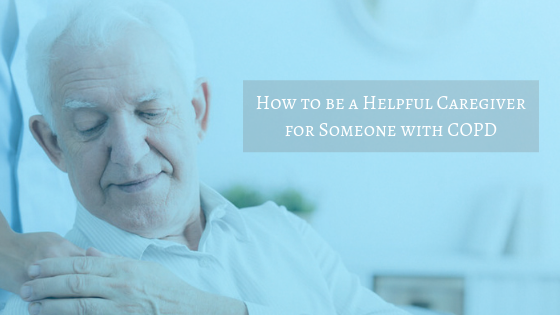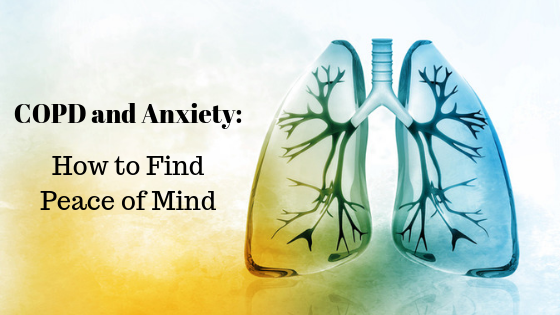Respiratory Resource Center - LPT Medical
How to be a Helpful Caregiver for Someone with COPD
Chronic obstructive pulmonary disease (COPD) affects millions of...
Read MoreCOPD and Anxiety: How to Find Peace of Mind
Chronic obstructive pulmonary disease (COPD) is a lung...
Read MoreWeird COPD Symptoms and How to Manage Them
Chronic obstructive pulmonary disease (COPD) is a disease...
Read More


